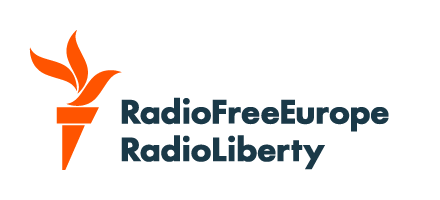Welcome back to The Farda Briefing, an RFE/RL newsletter that tracks the key issues in Iran and explains why they matter.
I'm RFE/RL correspondent Kian Sharifi. In this edition, I’m looking at how a promotional video by a private contractor in Iran may have inadvertently revealed the construction of a subterranean military base.
What You Need To Know
• Op-Sec Failure: An Iranian civilian contractor that specializes in manufacturing blast-resistant doors posted promotional videos on social media that inadvertently revealed multiple fortified tunnel construction projects apparently linked to Iran's army.
• Water Crisis Becoming Critical: Iran is facing a severe water crisis caused by years of mismanagement and drought, forcing authorities to ration water in Tehran. Iranian President Masud Pezeshkian has warned that parts of the city may need to be evacuated or the capital relocated. Kaveh Madani, director of the Canadian-based United Nations University Institute for Water, Environment, and Health, has told RFE/RL’s Radio Farda that the warnings by the authorities didn't go far enough. Have a look at satellite images of key lakes and reservoirs across Iran to see the extent of the country's crippling drought crisis.
• Iran Ramps Up Construction At Underground Nuclear Facility: Satellite images reveal that while Iran’s previously targeted nuclear sites remain inactive, construction has ramped up at a new underground facility near Natanz. Experts say the site, buried beneath Pickaxe Mountain, was initially intended for centrifuge assembly but may now be part of a broader nuclear project. Radio Farda spoke with Joseph Rodgers of the Washington-based Center for Strategic and International Studies (CSIS), who analyzed the images.
The Big Issue
Instagram Op-Sec Fail
The contractor's videos on Instagram showcased the installation of reinforced tunnel doors, blast-proof chambers, and underground storage facilities designed to withstand aerial or missile strikes.
The footage appeared to depict entrances to tunnels that open-source analysts believe are large enough to house drones or serve as munitions storage facilities.
The Islamic Revolutionary Guards Corps (IRGC), which has for years boasted about its underground “missile cities,” was quick to deny any links to the facilities. A close inspection of the videos, however, reveals the insignia of the army -- not the IRGC -- on a banner installed in the tunnels.
Why It Matters: These types of hardened underground facilities are commonly associated with Iran's ballistic missile and drone programs, as well as protection systems for key military assets.
The inadvertent disclosure offers a rare public glimpse into Iran's expanding network of fortified military infrastructure -- information that would normally be closely guarded.
The timing is particularly sensitive given the heightened regional tensions and recent strikes on Iranian facilities.
Iran has been investing heavily in underground facilities to protect strategic assets from potential Israeli or US airstrikes, including sites for drone and missile production.
The contractor's social-media promotion essentially handed intelligence analysts detailed views of construction techniques, door specifications, and facility layouts that would normally require extensive covert intelligence gathering.
What's Being Said: The videos sparked immediate debate within Iran about security vulnerabilities and operational security failures. But aside from the IRGC statement distancing itself from the breach, there has been no official comment -- not even from the army.
On X, questions were raised about the apparent lapse in security, with some attributing it to “rampant corruption”.
Others, including military commentators, wondered if the new blast-resistant doors are really strong enough to do what they’re supposed to.
That's all from me for now.
Until next time,
Kian Sharifi
If you enjoyed this briefing and don't want to miss the next edition, subscribe here. It will be sent to your inbox every Friday.







